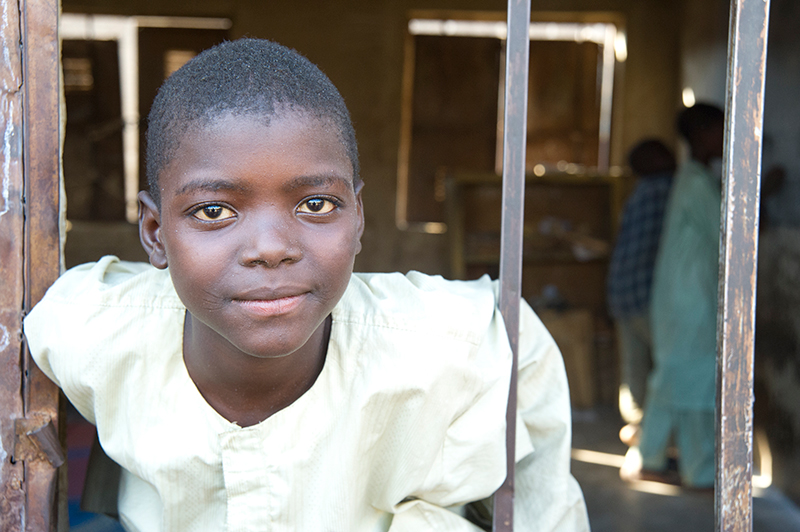
As I safely tuck my 6-year-old son and 1-year-old daughter into bed, I am still thinking about the 2015 UNICEF report on the State of the World’s Children that I read this morning. As a youth development professional and advocate, and as a parent, it is difficult to read the remarks of Anthony Lake, UNICEF Executive Director, declaring 2014 a dire year for the 15 million children that fell victims of major conflict and crisis globally.
“This has been a devastating year for millions of children,” Lake wrote in the report. “Children have been killed while studying in the classroom and while sleeping in their beds; they have been orphaned, kidnapped, tortured, recruited, raped and even sold as slaves. Never in recent memory have so many children been subjected to such unspeakable brutality.”
The situation is especially heartbreaking given that 2014 marks the 25th anniversary of one of the most important declarations for children globally: the Convention on the Rights of the Child.
The results of the Convention have been tremendous, from lowering infant mortality to raising school enrollment. However, the UNICEF report serves as a reminder and a call to action, imploring us to not rest on our laurels.
A more helpful way to address youth issues
There is still so much to be done, especially for the children and youth in conflict and crisis environments where the violation of their rights often has irreversible outcomes as they transition through adolescence to adulthood.
In Central African Republic, where 2.3 million children are affected by the conflict, armed groups are believed to have recruited up to 10,000 children with close to 500 deaths. In South Sudan, an estimated 235,000 children age 5 and younger are suffering from severe acute malnutrition with close to 750,000 children displaced and more than 320,000 living as refugees, according to the report.
Yet, in spite the terrible figures revealed in the report and the challenges for youth in so many countries, there remains hope for millions of children and youth effected by conflict and crisis.
If we assume all children, especially those who are marginalized, should and can have the same opportunities as those in safer or more developed countries—and we build community support to make those opportunities real for them—we can still give children and youth pathways to positive futures as we enter the Post Millennium Development Goals era.
Creating more asset-based youth initiatives, which build on assets instead of honing in on risks and challenges, can enable young people to change their life’s trajectory and become responsible contributors to their communities. It’s a much more positive, and we think effective way of addressing issues affecting youth.
For example, at-risk youth living in violent, crime-affected communities in Honduras have explored viable life alternatives through Alianza Joven Honduras (Youth Alliance) program, which is funded by USAID and implemented by Creative.
Here, where violent crime and gangs rule the lives of families and neighborhoods, this program countered the risk factors by providing more than 20,000 children and youth with computer literacy, job training, tutoring, life skills and leadership opportunities—first and second chances to build resilience and engage in something positive.
Creative’s Northern Nigeria Education Initiative fostered enabling environments for orphans and vulnerable children and youth, particularly adolescent girls and boys in informal Qur’anic schools. In these environments, vulnerable youth learned core academic concepts, received job and life skills training and accessed critical psychosocial support in one of today’s most confusing and violent environments for children.
Making new statistics
These two initiatives show us that, although children and youth around the world are too often victimized, they don’t always have to be victims.
Young people who find opportunities to engage their minds, learn new skills and involve themselves in their communities can form the ranks of another kind of statistic—the numbers of youth who are successfully using their own assets and resources to withstand so much negativity and create a positive future for themselves.
As the UNICEF report suggests, 2015 is a pivotal year for the field of children and youth development, and we must renew our commitment to the protection of their rights and creation of hope and opportunity.

